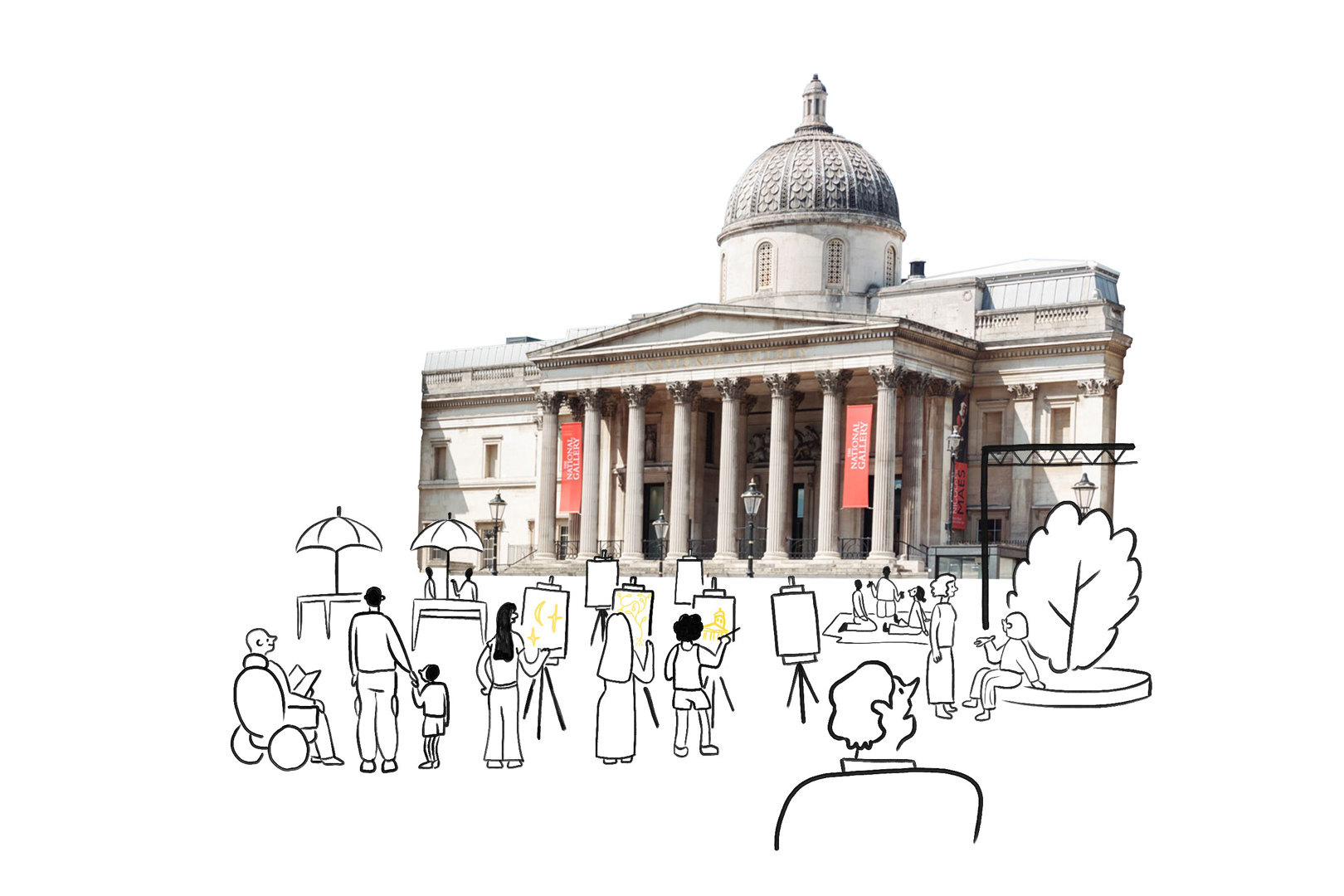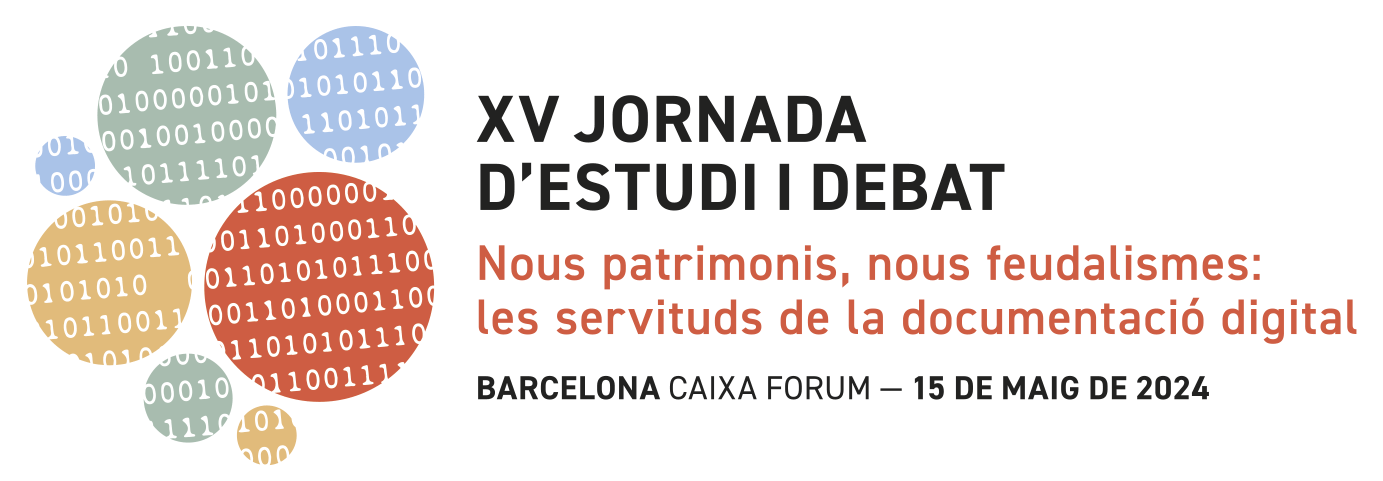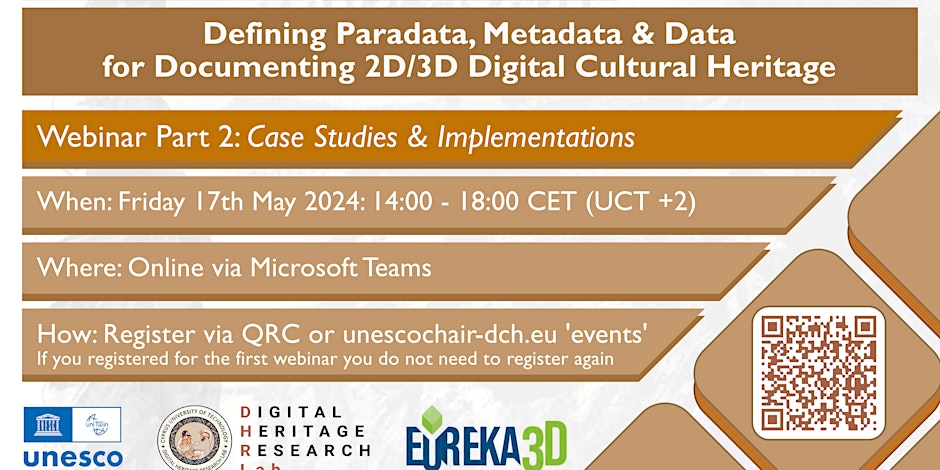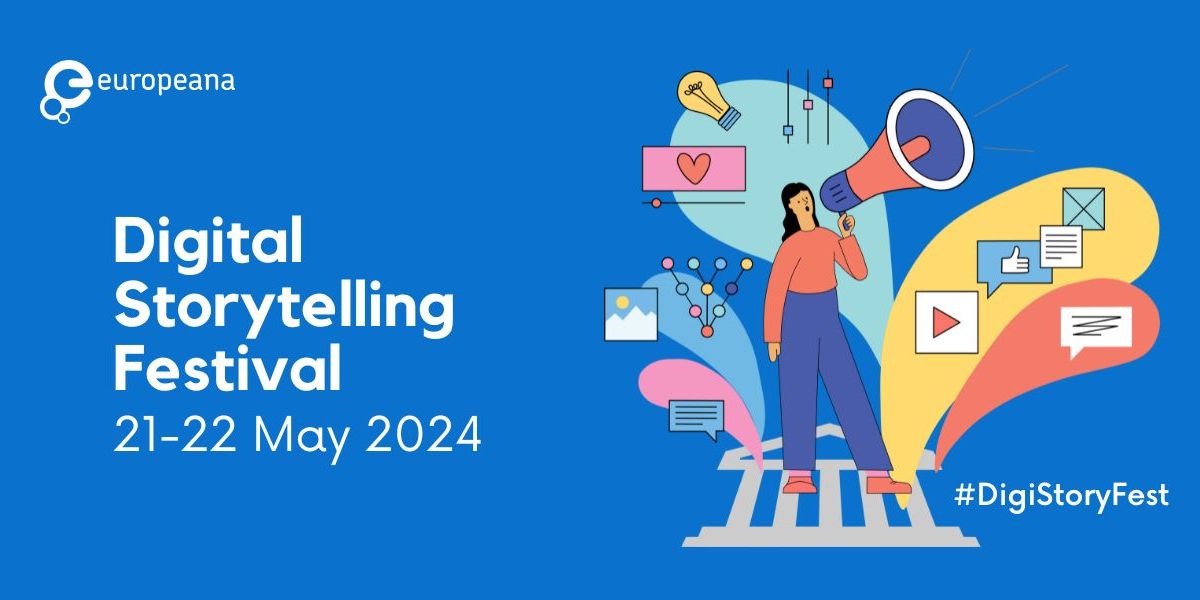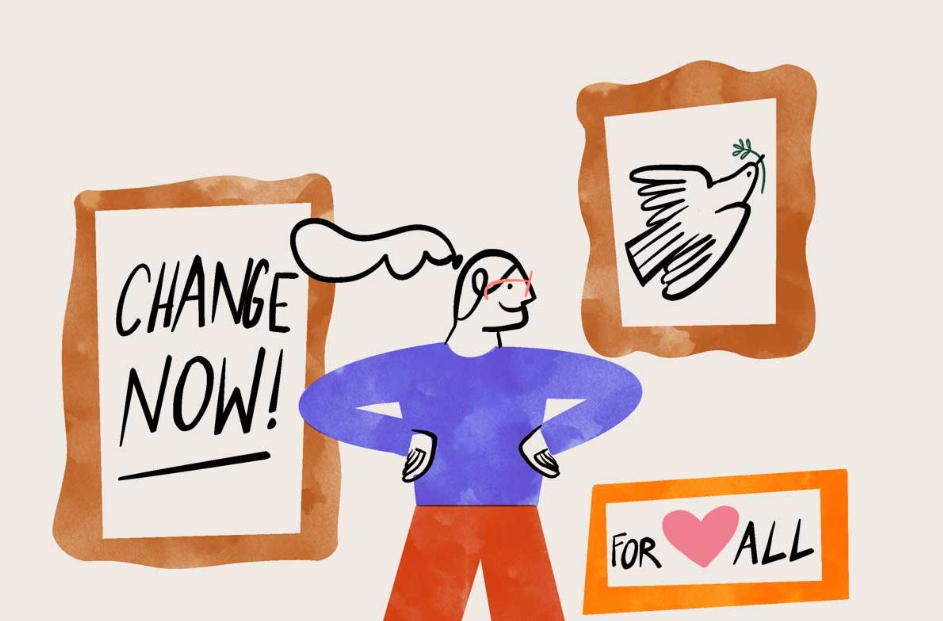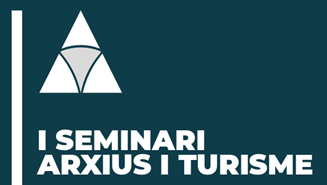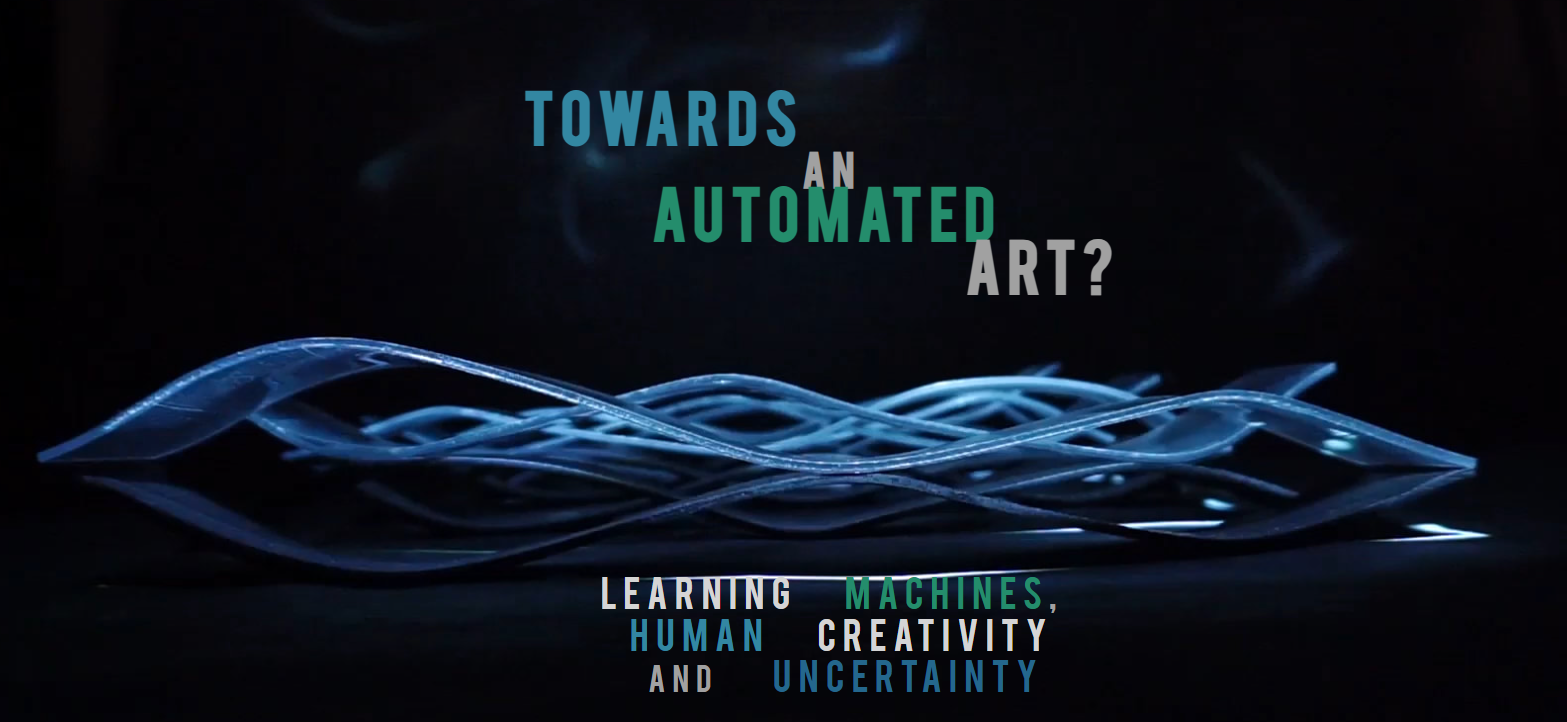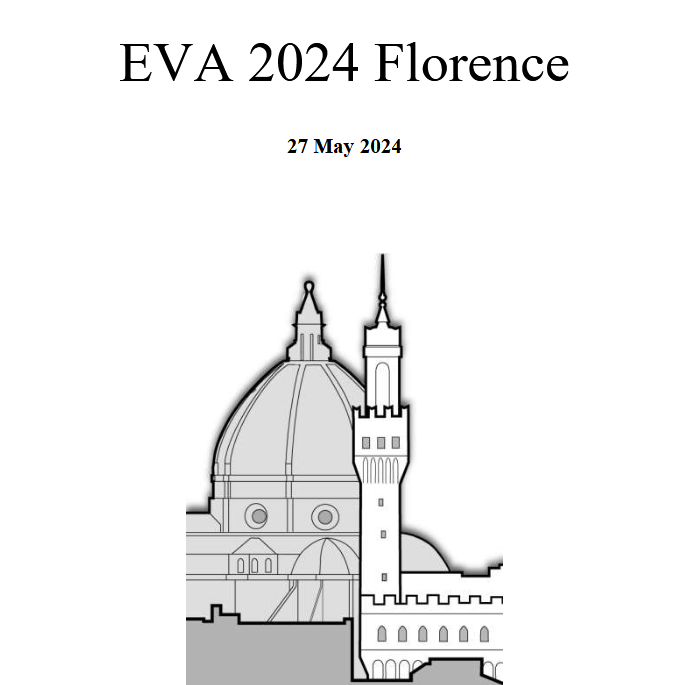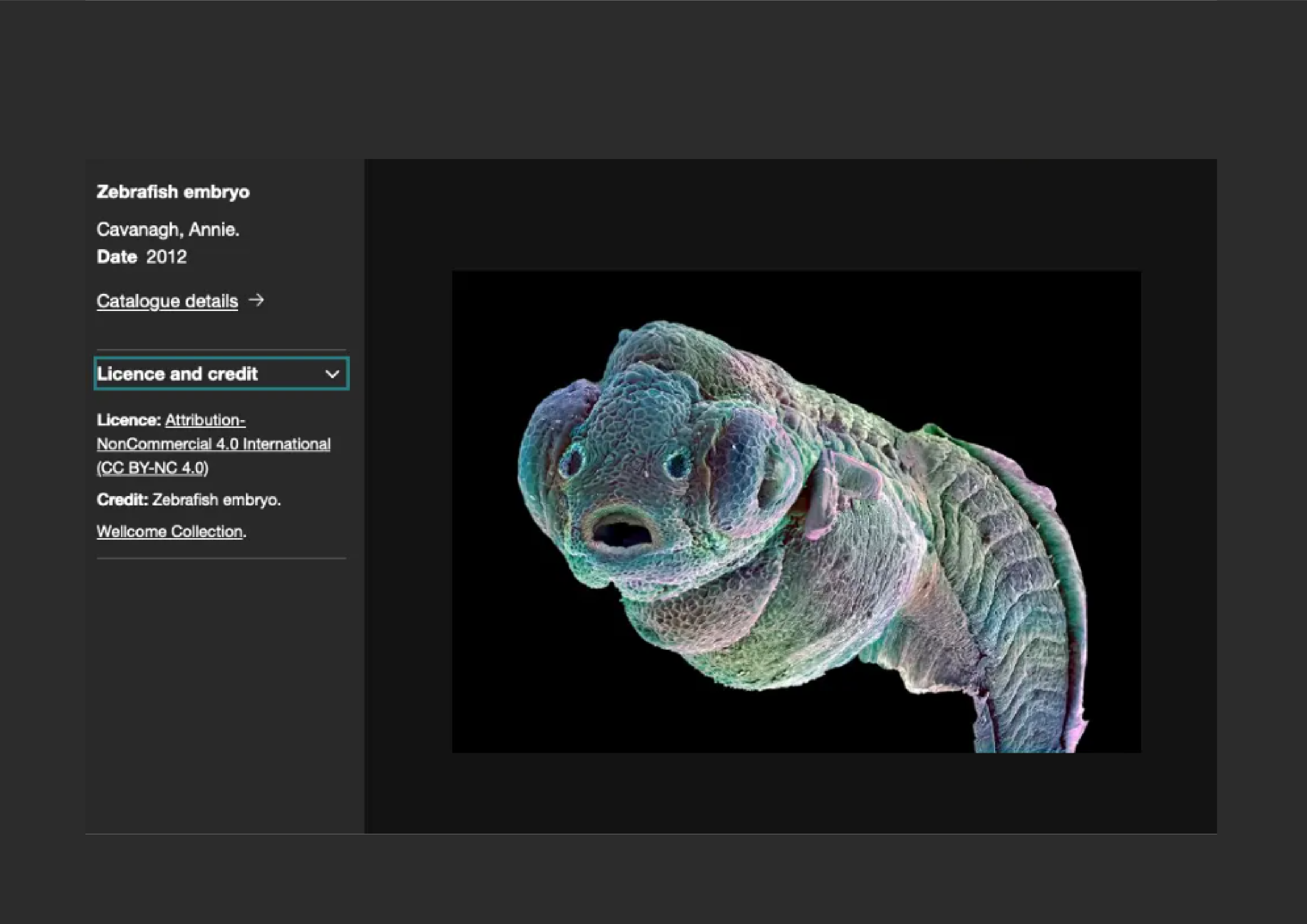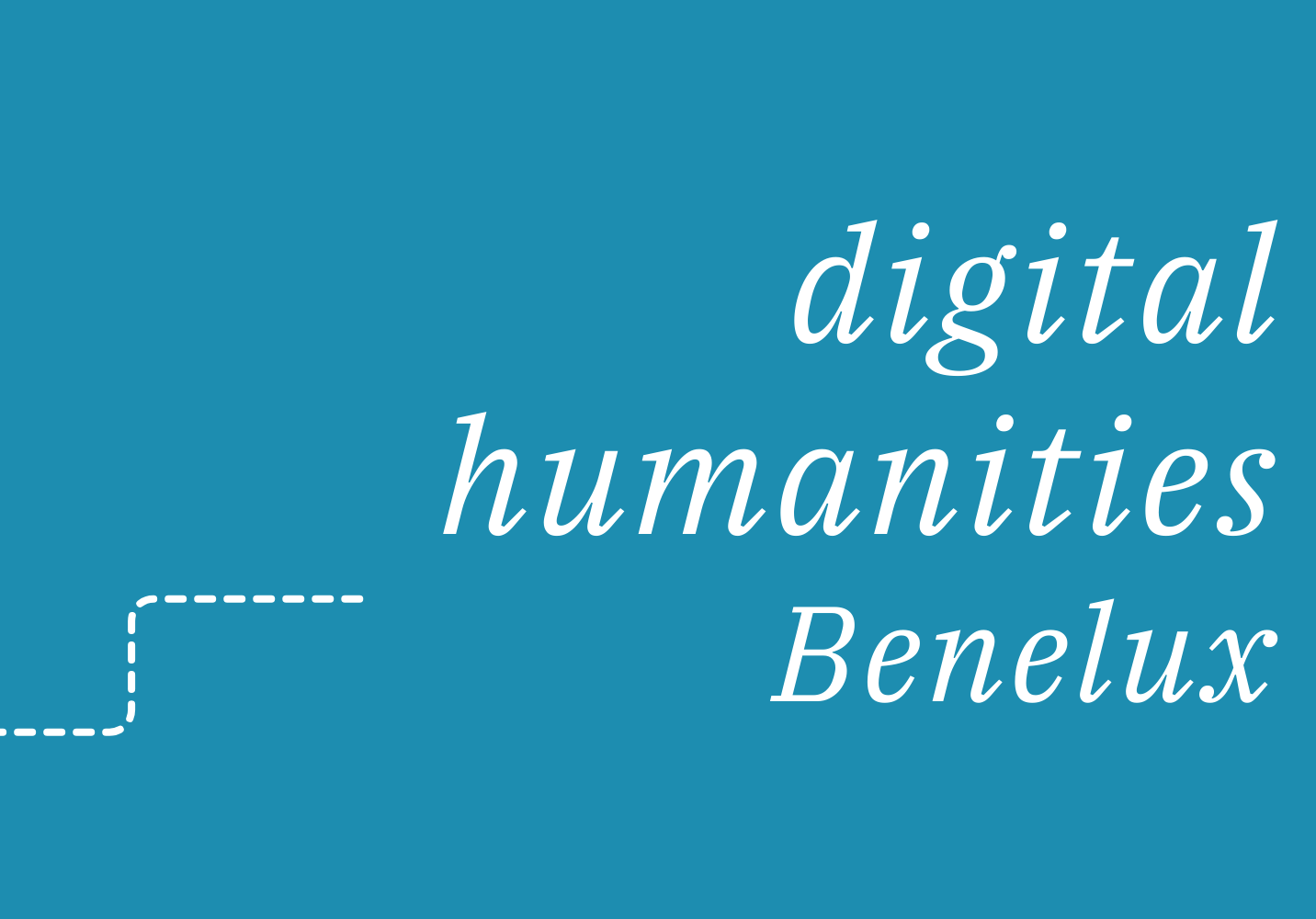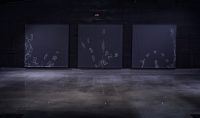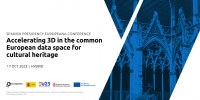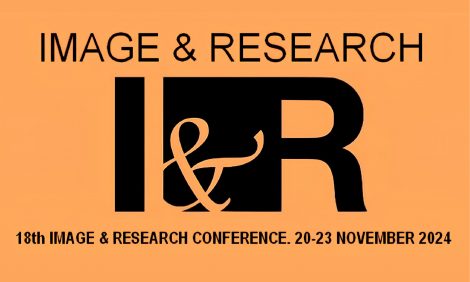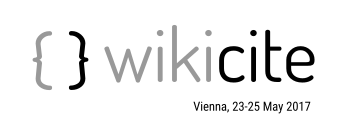
WikiCite 2017 is a 3-day conference, summit and hack day to be hosted in Vienna, Austria, on May 23-25, 2017. It expands on efforts started last year at WikiCite 2016 to design a central bibliographic repository, as well as tools and strategies to improve information quality and verifiability in Wikimedia projects.
Our goal is to bring together Wikimedia contributors, data modelers, information and library science experts, software engineers, designers and academic researchers who have experience working with Wikipedia’s citations and bibliographic data.
WikiCite 2017 will be a venue to:
* Day 1. (Conference) – present progress on existing work and initiatives for citations and bibliographic data across Wikimedia projects
* Day 2. (Summit) – discuss technical, social, outreach and policy directions
* Day 3. (Hack) – get together to build, based on new ideas and applications
More information on the event can be found here:
How to apply
Participation for this year’s event is limited to 100 individuals. In order to be considered for participation, please fill out the appropriate application form and provide us with some information about yourself, your interests, and expected contribution. Your application will be reviewed and the organizing committee will extend an invitation by March 10, 2017. This application form is to determine the best mix of attendees. Not everyone who applies will receive an invitation, but there will be a waitlist.
Important dates
* February 9, 2017: applications open
* February 27, 2017: applications close, waitlist opens
* March 10, 2017: all final notifications of acceptance are issued, waitlist processing begins
* March 31, 2017: attendee list is finalized
Travel support
Like last year, limited funding to cover travel costs of prospective participants will be available. Requests for travel support should be submitted via the application form. We will confirm by March 10, if we can provide you with travel support.
Contact
For any question, you can contact the organizing committee via: wikicite@wikimedia.org
We look forward to seeing you in Vienna!
The WikiCite 2017 organizing committee
Website: https://meta.wikimedia.org/wiki/WikiCite_2017



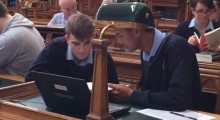
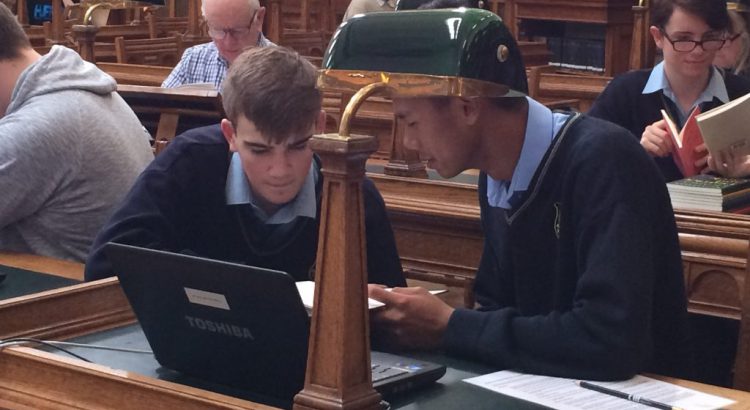


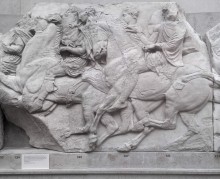
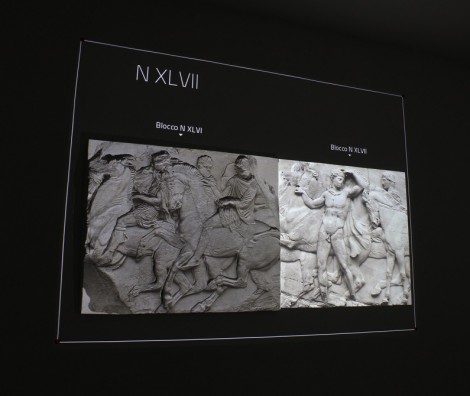 In this article, appeared on Scires-IT journal, it is presented a case study by Alessandra Cirafici (SUN Second University of Naples, Italy), Donato Maniello (Studio gloWArp, Academy of Fines Arts-Naples, Italy) and Valeria Amoretti (SUN Second University of Naples, Italy), illustrating the application of Augmented Reality to a fragment of the Parthenon, aiming to investigate the role played by the introduction of digital technologies in communication strategies for the enjoyment of cultural heritage and in the formation of a new concept of “sensory environment”, intended as a space where the combination of physical presence with virtual elements generates unprecedented means of experience and education.
In this article, appeared on Scires-IT journal, it is presented a case study by Alessandra Cirafici (SUN Second University of Naples, Italy), Donato Maniello (Studio gloWArp, Academy of Fines Arts-Naples, Italy) and Valeria Amoretti (SUN Second University of Naples, Italy), illustrating the application of Augmented Reality to a fragment of the Parthenon, aiming to investigate the role played by the introduction of digital technologies in communication strategies for the enjoyment of cultural heritage and in the formation of a new concept of “sensory environment”, intended as a space where the combination of physical presence with virtual elements generates unprecedented means of experience and education.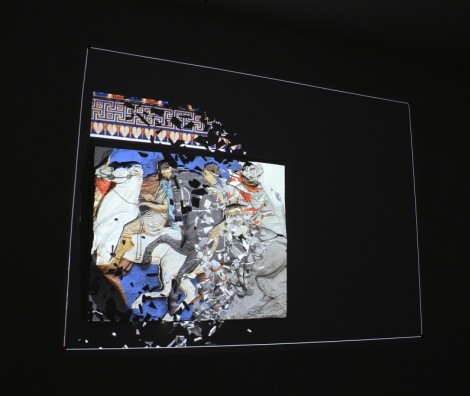
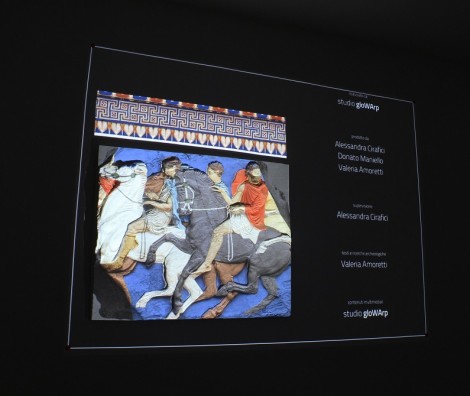
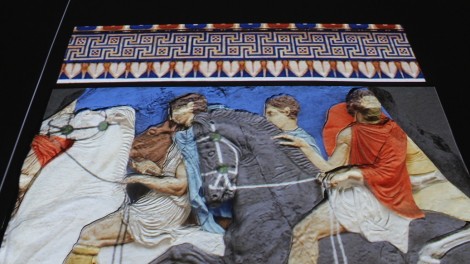
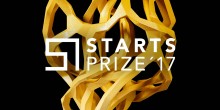
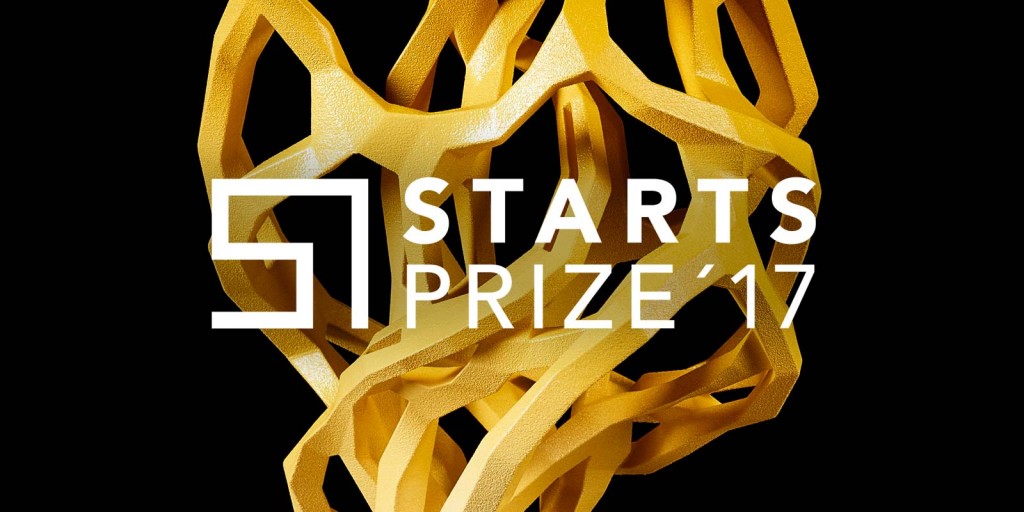
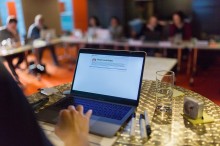
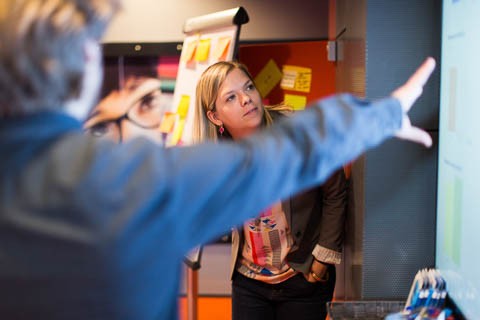
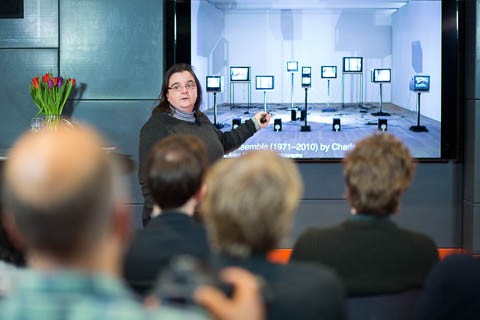
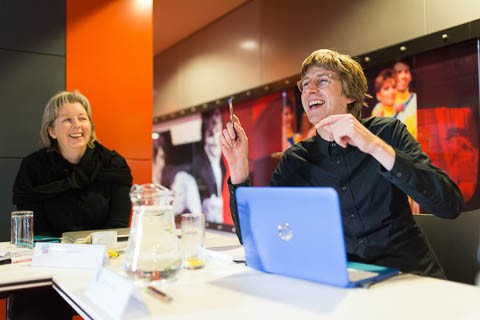
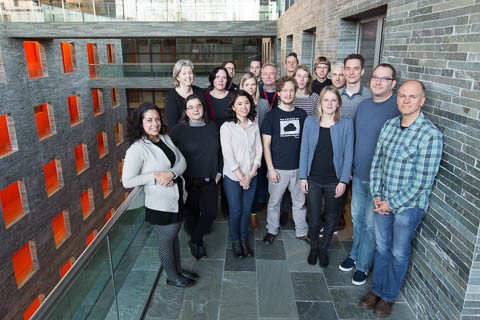
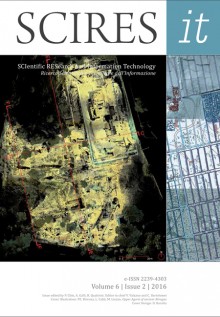
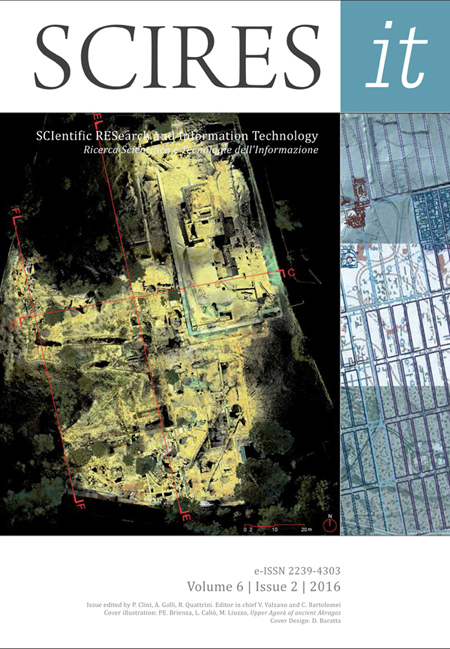 SCIRES-IT (SCIentific RESearch and Information Technology) is inviting papers for Vol. 7 No. 1 which is scheduled to be published on June 2017.
SCIRES-IT (SCIentific RESearch and Information Technology) is inviting papers for Vol. 7 No. 1 which is scheduled to be published on June 2017.
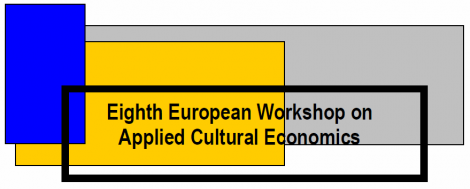



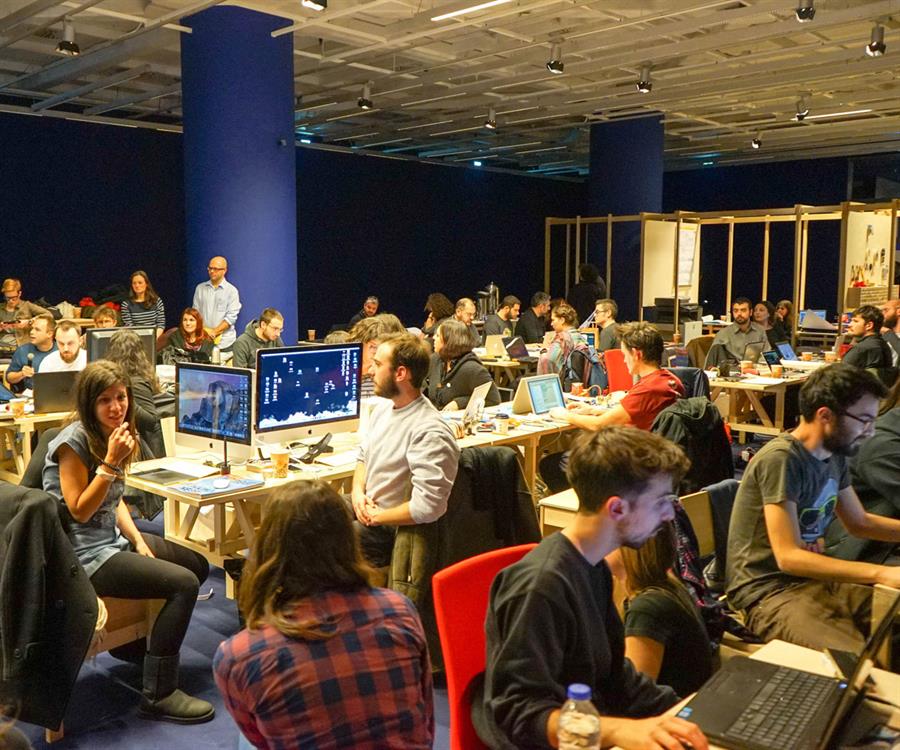

 If you have interesting news and events to point out in the field of digital cultural heritage, we are waiting for your contribution.
If you have interesting news and events to point out in the field of digital cultural heritage, we are waiting for your contribution.

